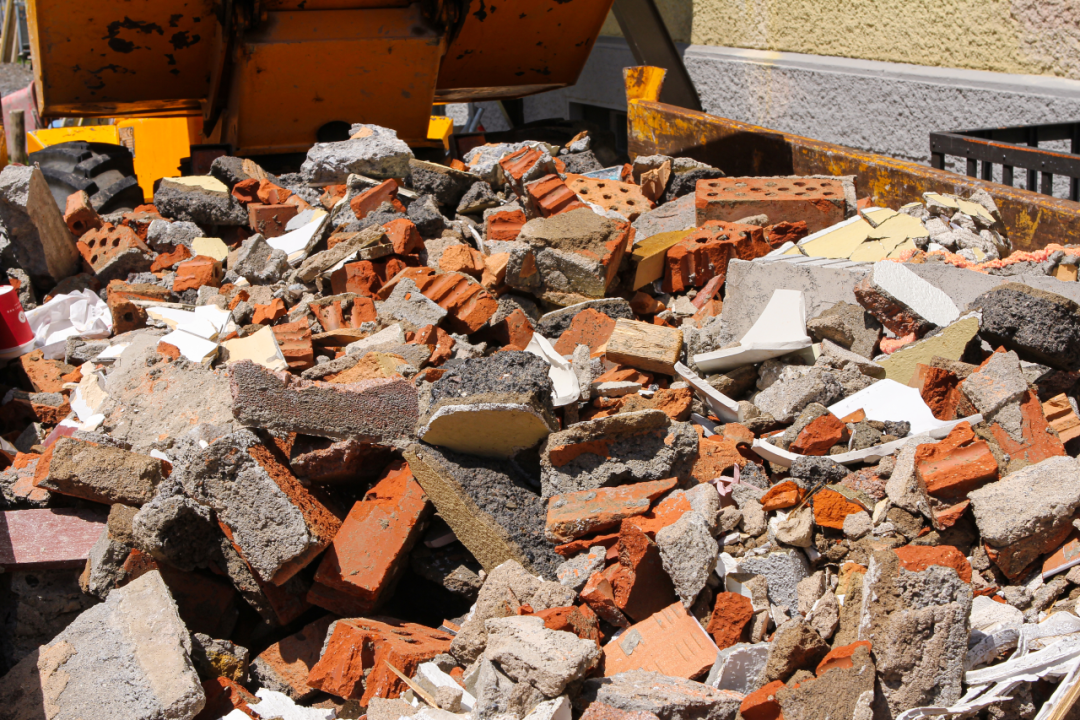In a world grappling with overflowing landfills and dwindling natural resources, waste recycling machines have emerged as silent heroes—turning what was once "trash" into reusable materials. From construction sites to city centers, these machines, paired with specialized systems like construction and demolition waste recycling installations, tailings processing equipment, municipal solid waste recycling plant setups, and waste glass recycling machinery, are redefining sustainability across industries. Let's dive into how these technologies work together to create a circular economy, one recycled material at a time.

First, let's tackle one of the largest waste streams: construction and demolition (C&D) waste. Every year, billions of tons of concrete, bricks, and asphalt end up in landfills—but construction and demolition waste recycling installations are changing that. These installations rely on heavy-duty waste recycling machines (like crushers, separators, and screeners) to break down C&D waste into reusable aggregates. For example, a concrete crusher in a construction and demolition waste recycling installation can turn old building slabs into gravel, which is then used to make new concrete or road bases. What's more, these installations often integrate tailings processing equipment to handle fine residues (or"tailing") left after crushing. Tailings processing equipment separates tiny particles of metal, plastic, or wood from the aggregate, ensuring even the smallest waste fragments are recycled or disposed of safely. This not only reduces landfill waste but also cuts the need for mining new aggregates—saving energy and preserving natural habitats.
Next, consider the waste we generate daily: municipal solid waste (MSW). A municipal solid waste recycling plant is a hub of waste recycling machines, designed to sort, process, and repurpose everything from food scraps to plastic bottles. Here's how it works: MSW first goes through sorting machines that separate recyclables (paper, plastic, glass) from non-recyclables. For glass specifically, waste glass recycling machinery takes center stage. This specialized equipment crushes glass into cullet (small, uniform pieces), removes contaminants like labels or metal caps, and sorts cullet by color. The resulting cullet is then sold to glass manufacturers, who use it to make new bottles or jars—reducing the need for raw materials like silica sand and cutting energy use by up to 30% compared to making glass from scratch. Without waste glass recycling machinery, most glass would end up in landfills, where it can take over a million years to decompose.
What about industrial waste, like the tailings from mining or manufacturing? Tailings processing equipment—a critical part of many waste recycling setups—turns these often-toxic residues into usable products. For instance, mining tailings (fine particles left after extracting minerals) can be processed with tailings processing equipment to recover leftover metals (like gold or copper) or turned into building materials (like lightweight concrete blocks). In some cases, construction and demolition waste recycling installations even partner with mining operations to repurpose tailings as a substitute for sand in C&D aggregates. This cross-industry collaboration not only solves two waste problems at once but also creates new revenue streams for businesses.
Beyond environmental benefits, these waste recycling machines and systems offer significant economic advantages. A municipal solid waste recycling plant can create local jobs in sorting, maintenance, and logistics, while construction and demolition waste recycling installations help contractors save money by reducing disposal fees and lowering the cost of raw materials. Waste glass recycling machinery also supports a circular supply chain: glass manufacturers pay for cullet, giving waste management companies an incentive to collect and process glass by waste glass recycling machinery rather than dump it. Even tailings processing equipment adds value—by recovering precious metals from tailings, mining companies can boost their profits while minimizing environmental harm.
Of course, adopting these technologies isn't without challenges. Initial investments in construction and demolition waste recycling installations or a municipal solid waste recycling plant can be high, and some regions lack the infrastructure to support widespread recycling. However, as governments tighten waste regulations and consumers demand more sustainable practices, the cost of inaction (like rising landfill taxes or environmental fines) is becoming far greater than the cost of investing in waste recycling machines.

In the end, waste recycling machines—when paired with systems like construction and demolition waste recycling installations, tailings processing equipment, municipal solid waste recycling plant operations, and waste glass recycling machinery—are more than just tools. They're a promise of a future where waste is no longer a burden, but a resource. Whether you're a construction company looking to cut costs, a city aiming to reduce landfill use, or a manufacturer striving for sustainability, these technologies offer a clear path forward. The circular economy isn't just a buzzword—it's being built, one recycled piece of waste at a time.

